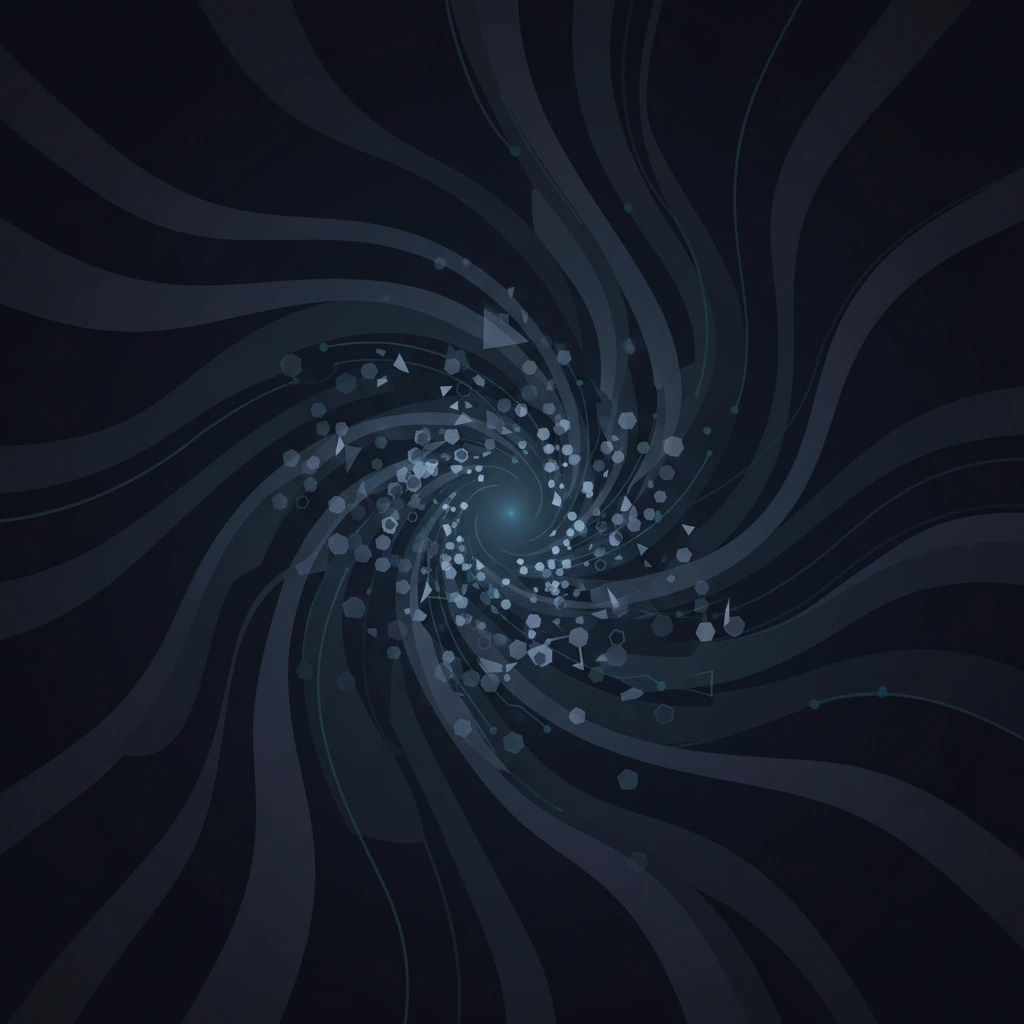Why RL Speed Matters for Next-Gen Video AI
New reinforcement learning optimizations could dramatically accelerate training for video generation models, making real-time deepfake detection and creation more feasible.

The speed at which AI models learn isn't just an academic concern—it's the bottleneck preventing the next generation of video synthesis and detection systems from reaching production. A new analysis challenges conventional wisdom about reinforcement learning (RL) speed limitations, with implications that could reshape how we approach both deepfake creation and detection.
The Training Time Crisis
Current state-of-the-art video generation models like Sora and Runway's Gen-3 require massive computational resources and weeks of training time. This isn't just expensive—it fundamentally limits how quickly these systems can adapt to new techniques, whether for generating more convincing synthetic media or detecting increasingly sophisticated fakes.
The article highlights a critical misconception among AI experts: that RL speed improvements follow predictable, linear patterns. In reality, breakthrough optimizations in how agents learn from their environment could compress months of training into days or even hours. For video AI, this means models that can learn to generate or detect specific types of content on-demand, rather than requiring pre-training on every possible scenario.
Real-Time Adaptation: The Holy Grail
Imagine a deepfake detection system that could adapt to new generation techniques in real-time, learning from each attempted fake it encounters. Or consider a video generation model that could fine-tune its understanding of human movement and expression continuously, producing increasingly realistic results without complete retraining.
These scenarios become possible when RL agents can learn orders of magnitude faster than current approaches allow. The speed improvements discussed aren't incremental—they represent fundamental shifts in how quickly AI systems can iterate through trial and error to master complex tasks like video synthesis or authentication.
Synthetic Training Environments
One of the most promising applications of faster RL is in creating synthetic training environments for video AI. Current models often struggle with edge cases—unusual lighting, rare facial expressions, or uncommon movements—because gathering real-world training data for these scenarios is prohibitively expensive.
With rapid RL, AI agents could generate their own training scenarios, creating synthetic videos that push the boundaries of what's possible, then immediately learning from them. This creates a feedback loop where the generator and detector evolve together at unprecedented speed, similar to how AlphaGo learned by playing millions of games against itself.
Infrastructure Implications
The infrastructure requirements for next-generation video AI are staggering. Companies like CoreWeave are already building specialized AI compute clusters specifically for media generation workloads. But if RL speed improvements materialize as suggested, the economics of this infrastructure could shift dramatically.
Instead of needing massive clusters running for weeks, smaller, more distributed systems could achieve similar results through more efficient learning algorithms. This democratization of AI video capabilities could put sophisticated generation and detection tools in the hands of smaller organizations and independent researchers.
The Authentication Arms Race
Perhaps most critically for digital authenticity, faster RL training could accelerate the cat-and-mouse game between deepfake creators and detection systems. When a new generation technique emerges, detection systems need to adapt quickly to maintain effectiveness. Current retraining cycles measured in weeks or months leave dangerous gaps where malicious actors can operate freely.
With breakthrough RL speeds, this gap could shrink to hours or minutes. Detection systems could potentially identify new deepfake techniques almost as quickly as they appear, maintaining a much tighter security perimeter around authentic content.
The implications extend beyond just speed—faster learning enables more experimental approaches, allowing researchers to test hundreds of architectural variations and training strategies that would be impractical with current timescales. This could lead to fundamental breakthroughs in how we approach both content generation and authentication.
Stay informed on AI video and digital authenticity. Follow Skrew AI News.



